At the NATO Summit at The Hague, Ukraine takes a backseat
As US President Donald Trump made headlines, Ukraine’s Volodymyr Zelenskyy had a much more low-key presence at this year’s NATO summit.


From left, European Council President António Costa, Ukrainian President Volodymyr Zelenskyy, NATO chief Mark Rutte and European Commission President Ursula von der Leyen address the press at the NATO summit in The Hague on Tuesday, June 24. (Michael Marrow / Breaking Defense)
THE HAGUE — On Tuesday for the first day at the NATO summit here, Ukrainian President Volodymyr Zelenskyy made a plea for continued support while delivering a warning: Russian Vladimir Putin has ambitions beyond Ukraine, and could seek to move on a member of the multinational alliance within five years.
Shortly after, Zelenskyy faced the press alongside NATO chief Mark Rutte, European Commission President Ursula von der Leyen and European Council President António Costa. Each gave short speeches, with Zelenskyy’s colleagues reaffirming their commitment to support Ukraine in its defense against Russia.
But then they promptly exited the stage — the last time Zelenskyy would be seen for much of the conference.
European leaders were steadfast in their support of Kyiv, but throughout the high-level meeting Ukraine’s plight seemed to be pushed into the background, overshadowed by inter-NATO negotiations about a 5 percent GDP spending target and the surprise American bombing of Iranian nuclear sites just days before.
Perhaps the most stark example was a joint declaration signed by the alliance at the end of the summit. Whereas the same event held in Washington last year under then-US President Joe Biden produced a declaration that mentioned Ukraine 59 times, this year’s much shorter document only garnered two mentions of the country.
“Allies reaffirm their enduring sovereign commitments to provide support to Ukraine, whose security contributes to ours, and, to this end, will include direct contributions towards Ukraine’s defence and its defence industry when calculating Allies’ defence spending,” reads the only mentions. It did not discuss the potential for Ukraine to join the alliance, whereas last year’s statement described Kyiv on an “irreversible path” to membership.
If the declaration was any indication — along with some fawning private text messages — it was clear this year that NATO leadership would play a deferential role to US President Donald Trump, who has for years embraced Russia’s Vladimir Putin and sharply criticized Zelenskyy.
Some aesthetic choices may also have been made to placate Trump. At the summit, Zelenskyy opted for more formal attire, ditching his casual clothing that has defined his image but earned the ire of the American president’s orbit.
And while Zelesnkyy was still successful in securing aid for Ukraine from Europe, it doesn’t appear he made progress with the US, Ukraine’s most important benefactor, whose equipment has been critical to stymie Russia’s advance.
At a press conference Wednesday following a meeting with Zelenskyy, Trump acknowledged it is “possible” Putin has ambitions to invade a NATO country, but ultimately demurred when asked whether money and equipment will still flow from Washington to Kyiv.
“As far as money going, we’ll see what happens,” he said. (A senior NATO official later told reporters US equipment was still flowing to Ukraine and would not run out anytime “soon.”)
As for giving Ukraine desperately needed additional Patriot air defense systems, Trump said only that, “we’re going to see if we can make some available….they’re very hard to get.” In April, Rutte revealed that most Patriots pledged to Ukraine had arrived in country and the remainder would be delivered in the near future, according to Newsweek.
While no material agreements were made at the summit, it didn’t appear to be a complete loss for Zelenskyy in his relations with Trump. At the very least, the Ukrainian president received a consolation prize: Trump softening his tone on the conflict, a rhetorical gesture that may prove to be important down the road.
“He’s fighting a brave battle. It’s a tough battle,” Trump said of Zelenskyy, later adding that “Vladimir Putin really has to end that war. People are dying at levels that people haven’t seen before for a long time.”

US President Donald Trump, flanked by Defense Secretary Pete Hegseth and Secretary of State Marco Rubio, in a press briefing at the NATO summit on Wednesday, June 25. (Michael Marrow / Breaking Defense)
Meanwhile on the battlefield, NATO does not anticipate a strategic breakthrough by either side in the near future, a separate senior alliance official told reporters in a different briefing on Tuesday. But a grueling summer is shaping up, which still carries the possibility of an unforeseen advance.
Every week has seen “near record numbers” of combined drone and missile attacks by Russia, the official said, also speaking on condition of anonymity. The United States remains the chief contributor of intelligence, the official added, who noted that “increasing the level of aid delivered to Ukraine will certainly improve the dynamics on the battlefield, and vice versa.”
Elaborating further, the official said Russia is making “steady advances” in Sumy and eastern Ukraine, while “aiming to create a buffer zone” around Kyiv’s surprise incursion into Kursk.
Russia remains ultimately disinterested in meaningful ceasefire talks, the official added, and Moscow’s arms production remains strong, with the ability to continue financing the war until at least 2027.
“The real bottom line is the situation on the battlefield continues to be difficult,” the official said, praising the “innovative spirit” of Ukrainian forces. “But we’re in for a stressful and difficult summer.”
Tim Martin contributed to this report.












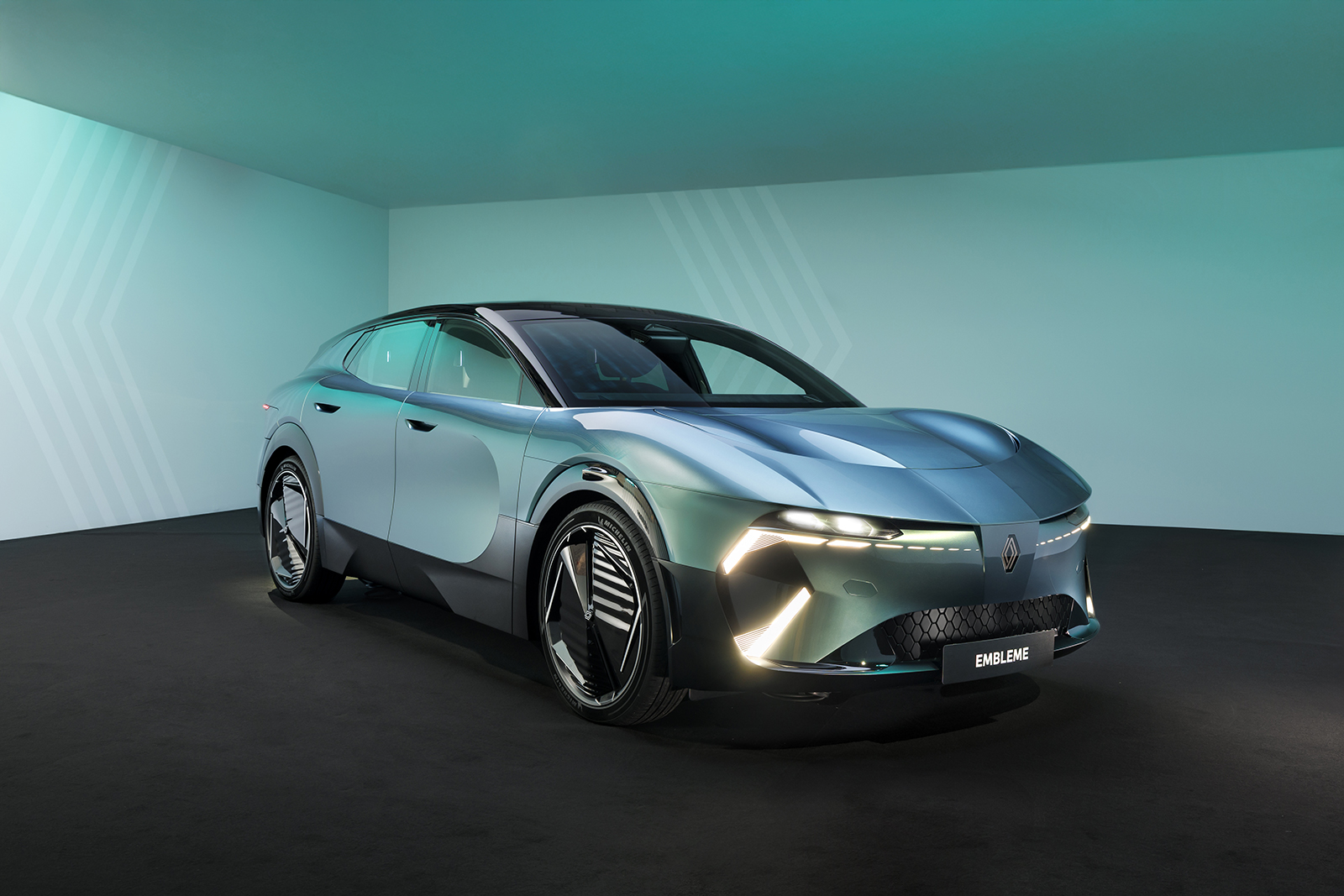











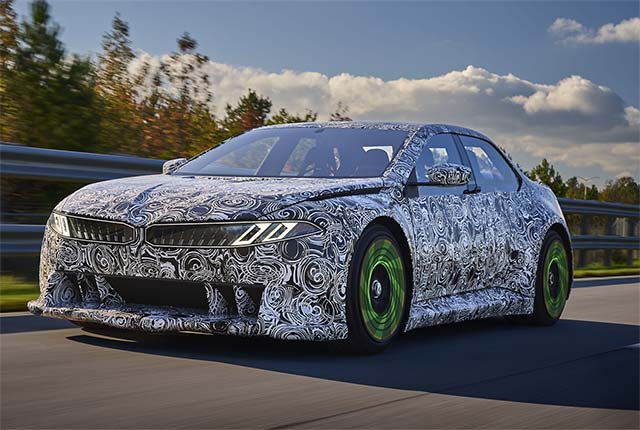
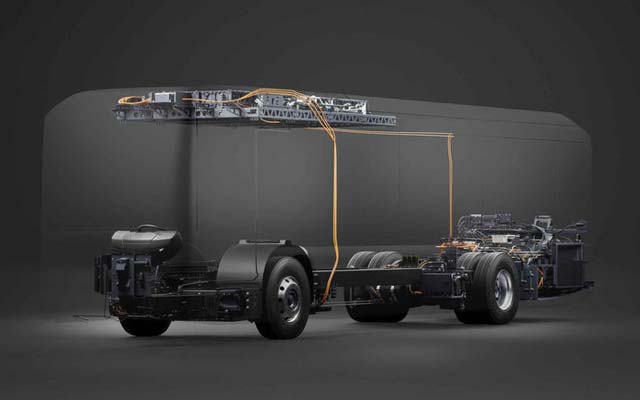


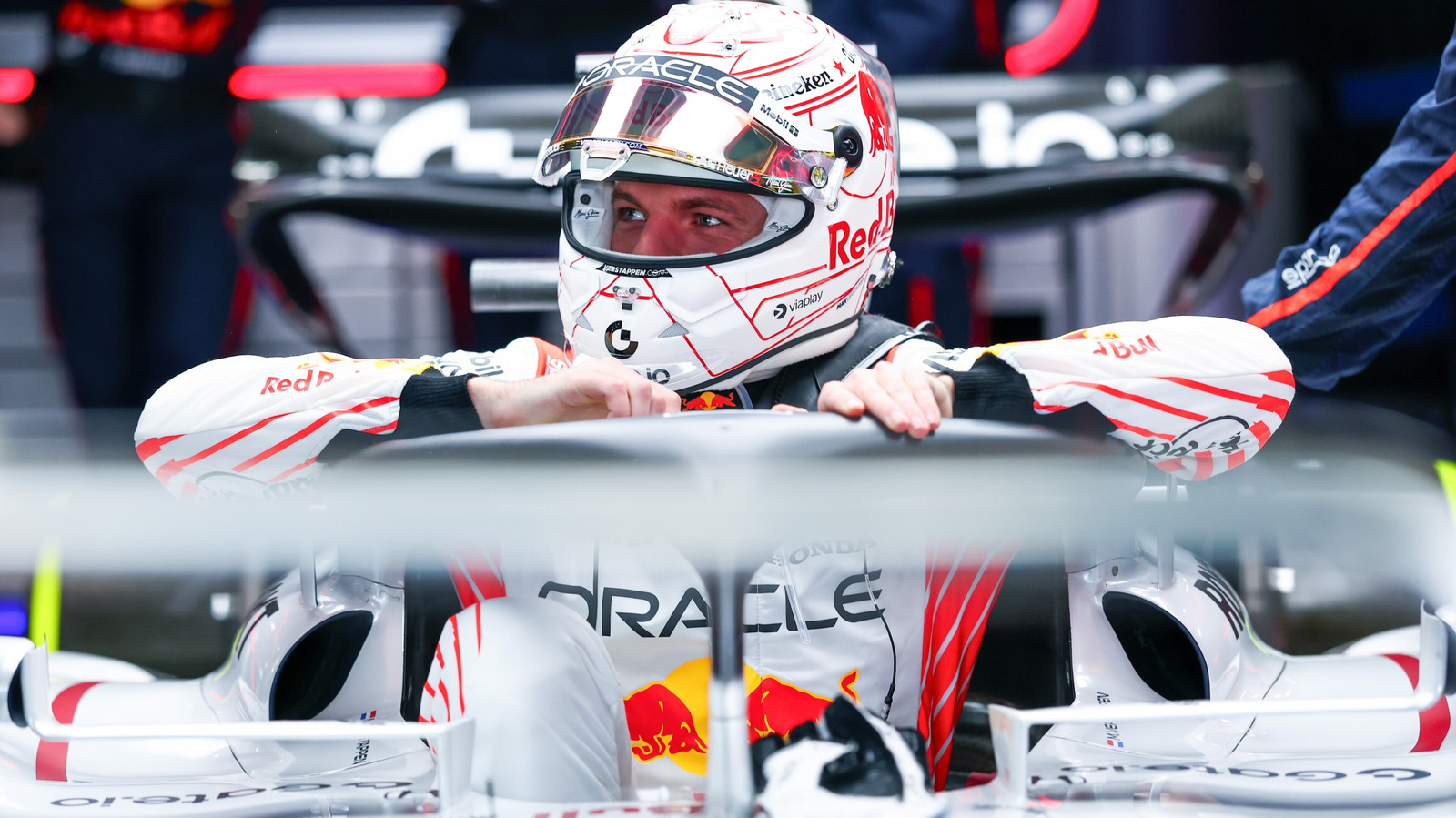















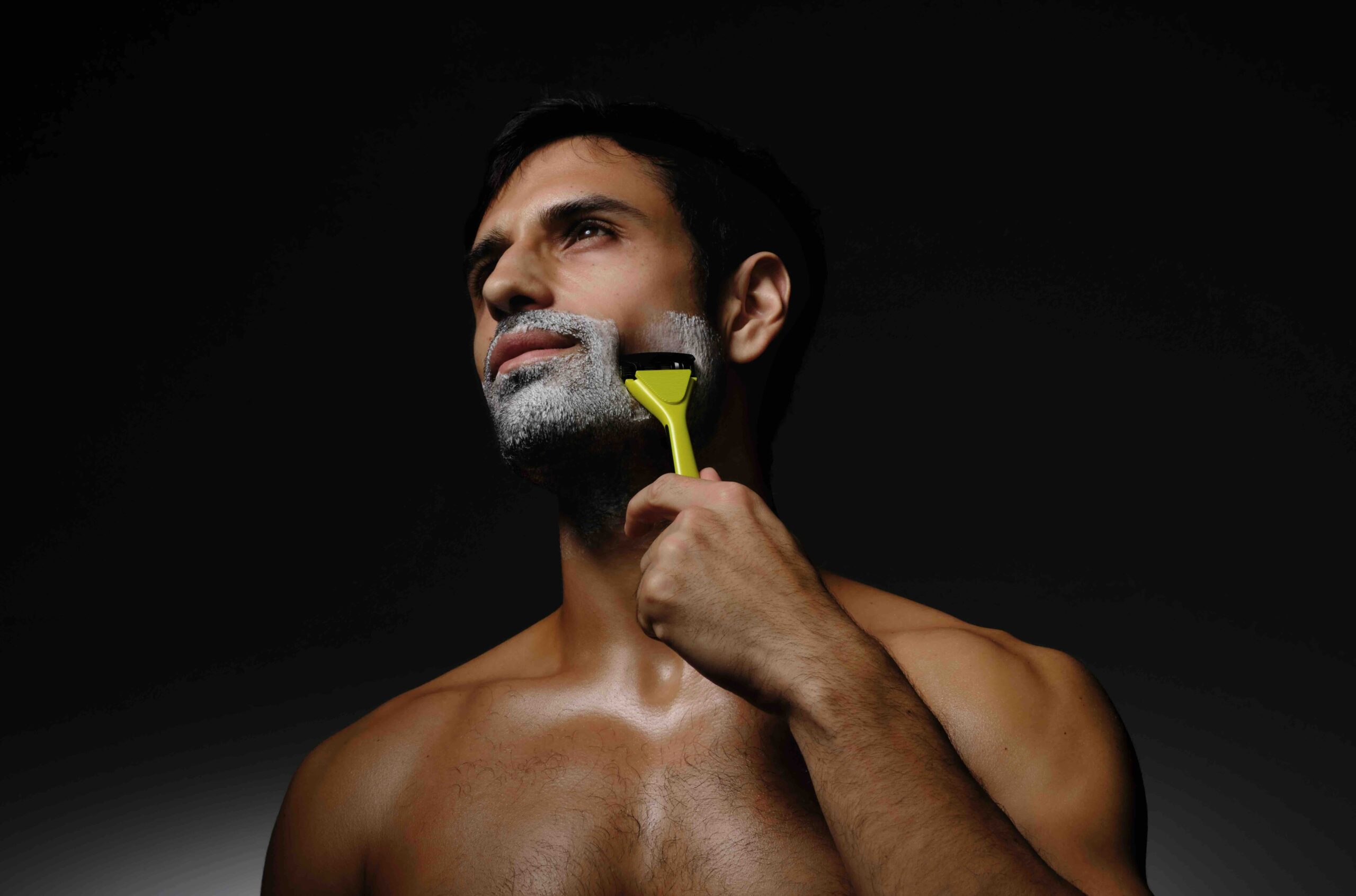
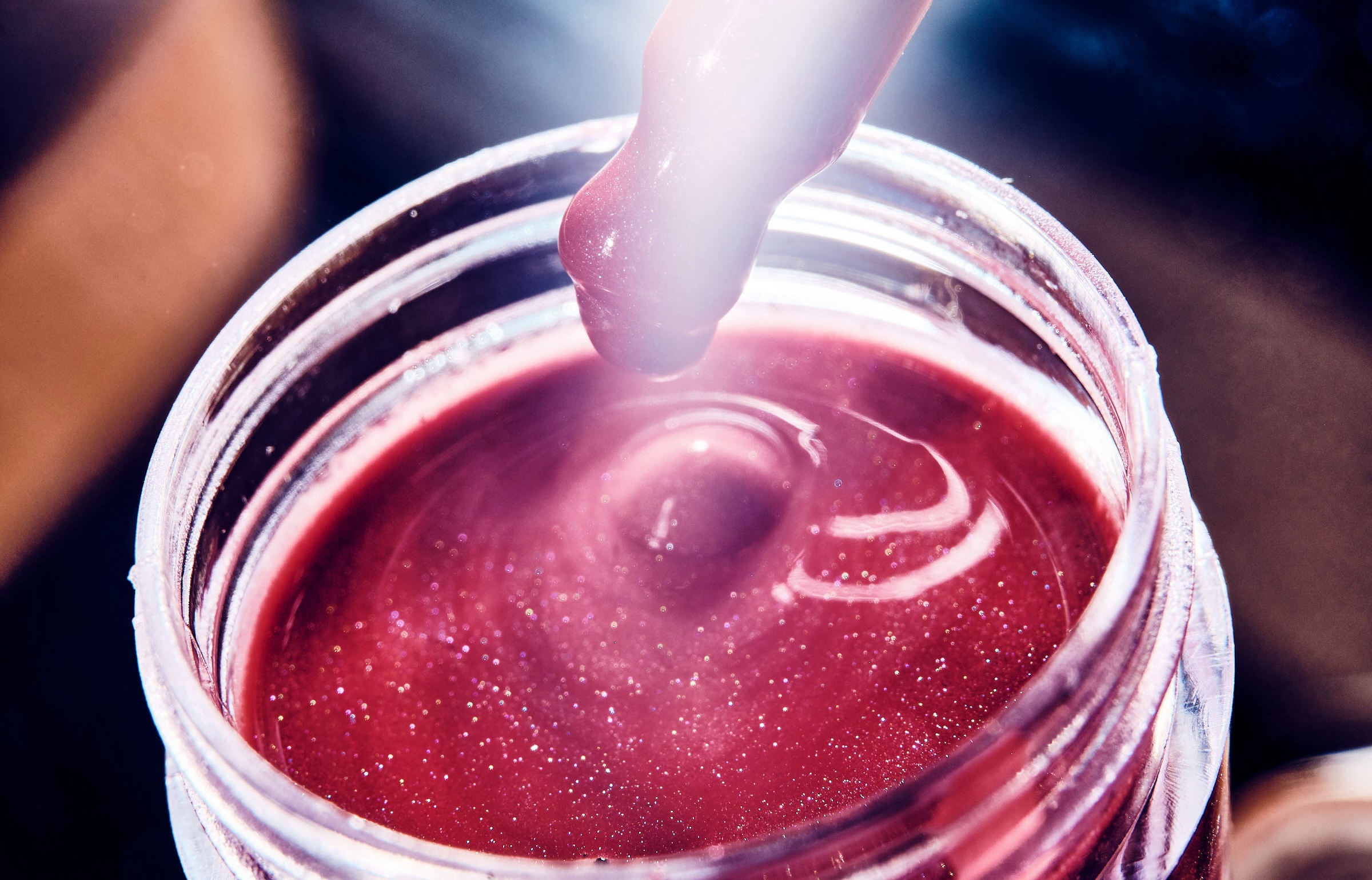








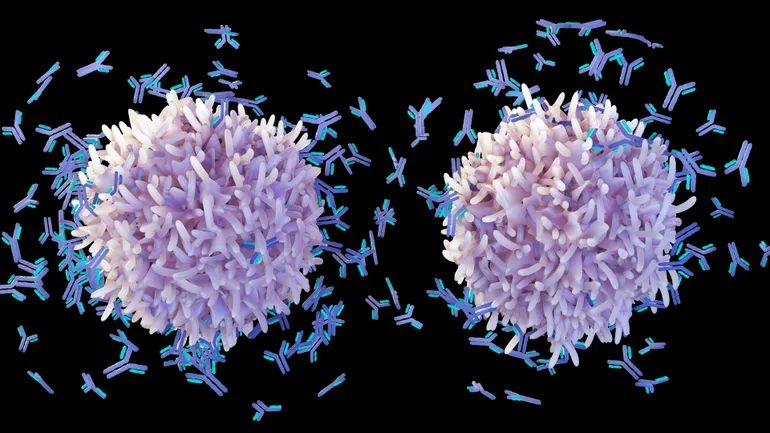


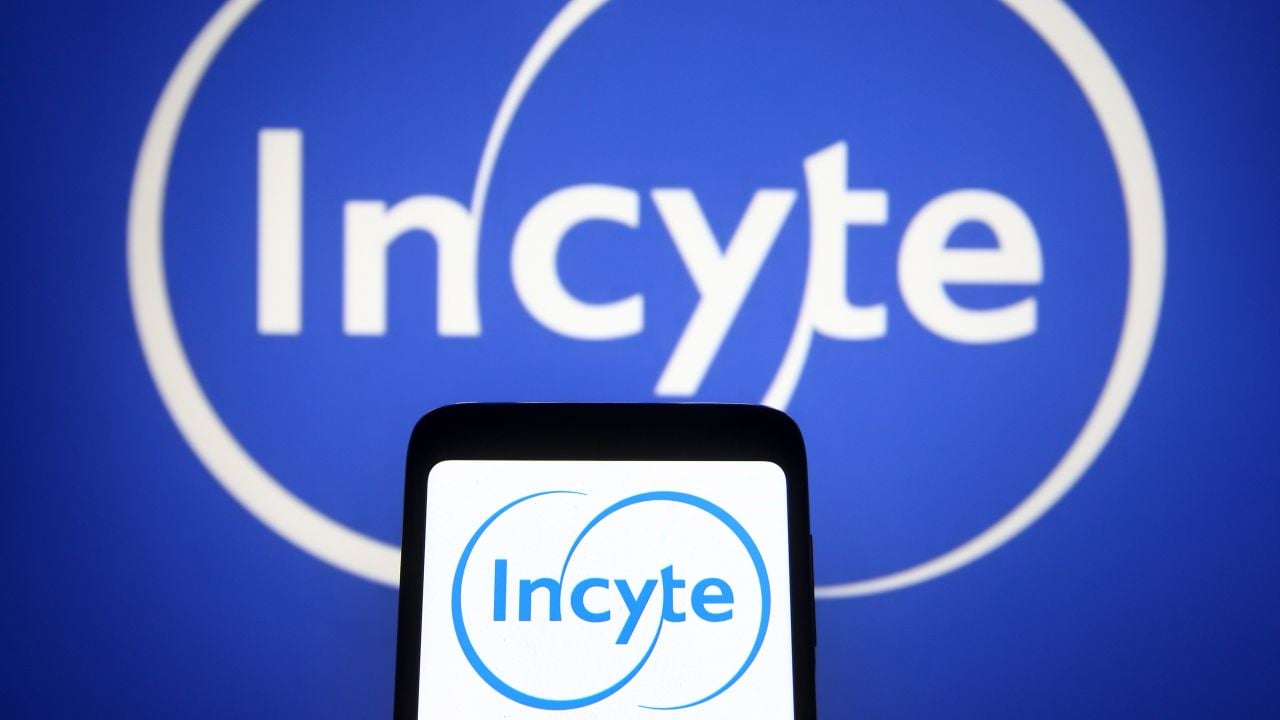


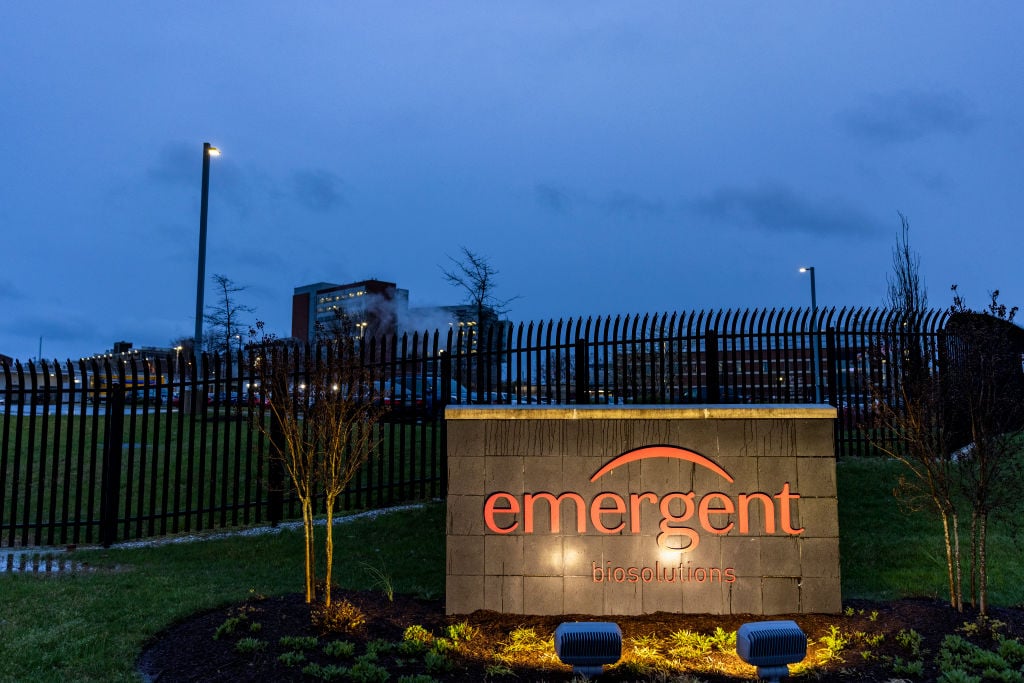





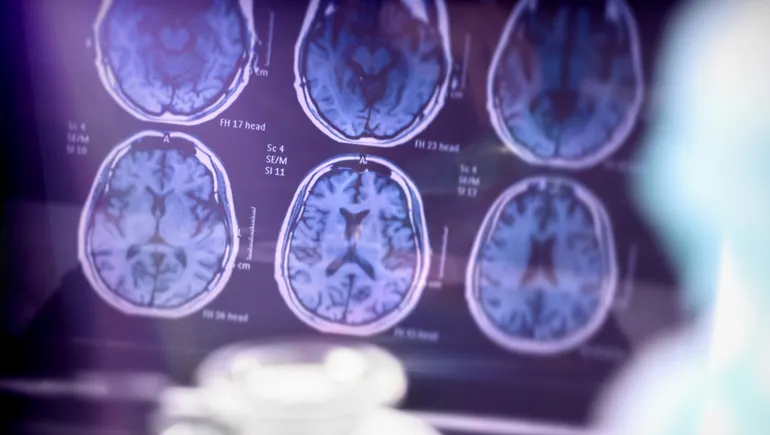































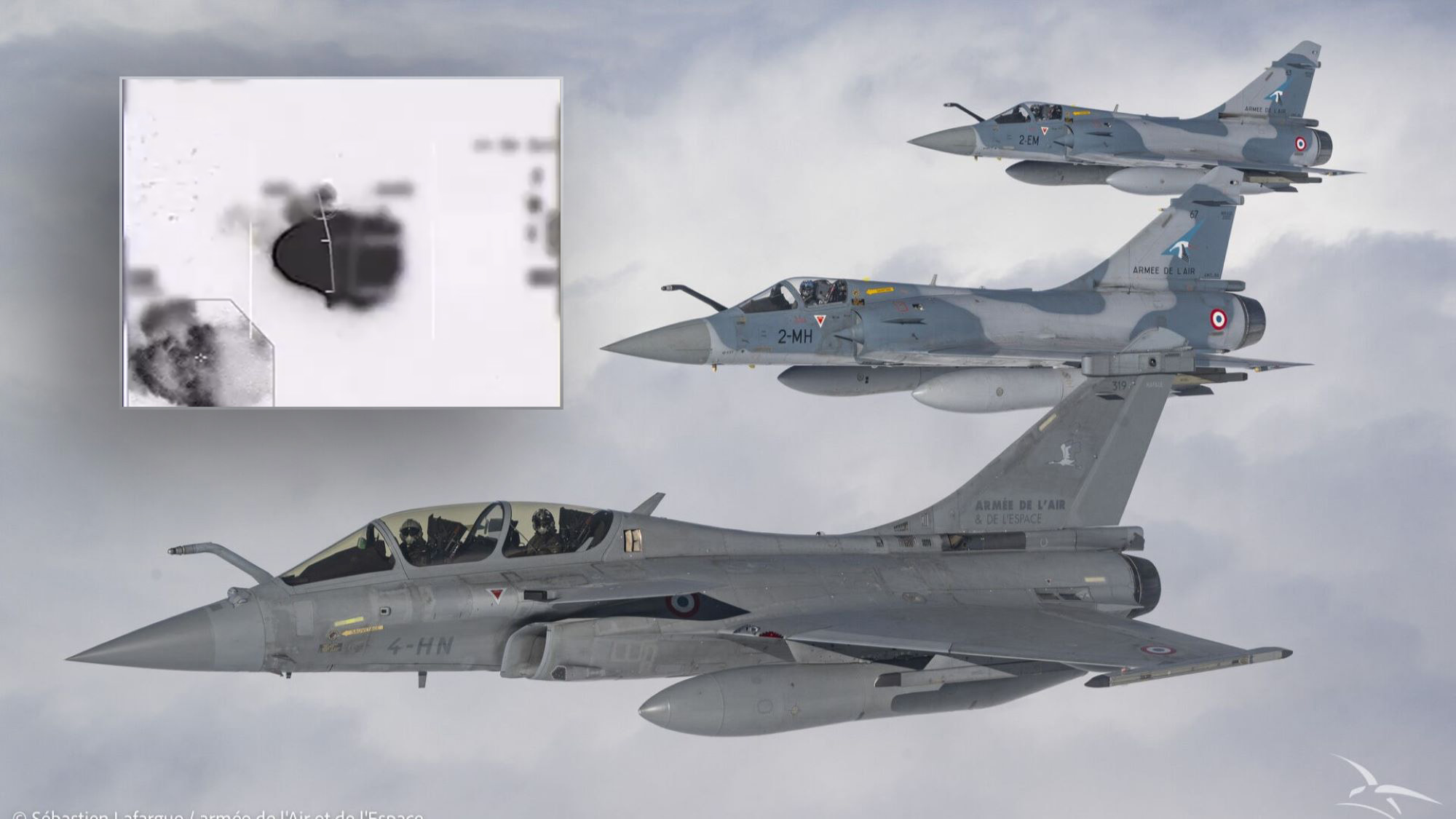
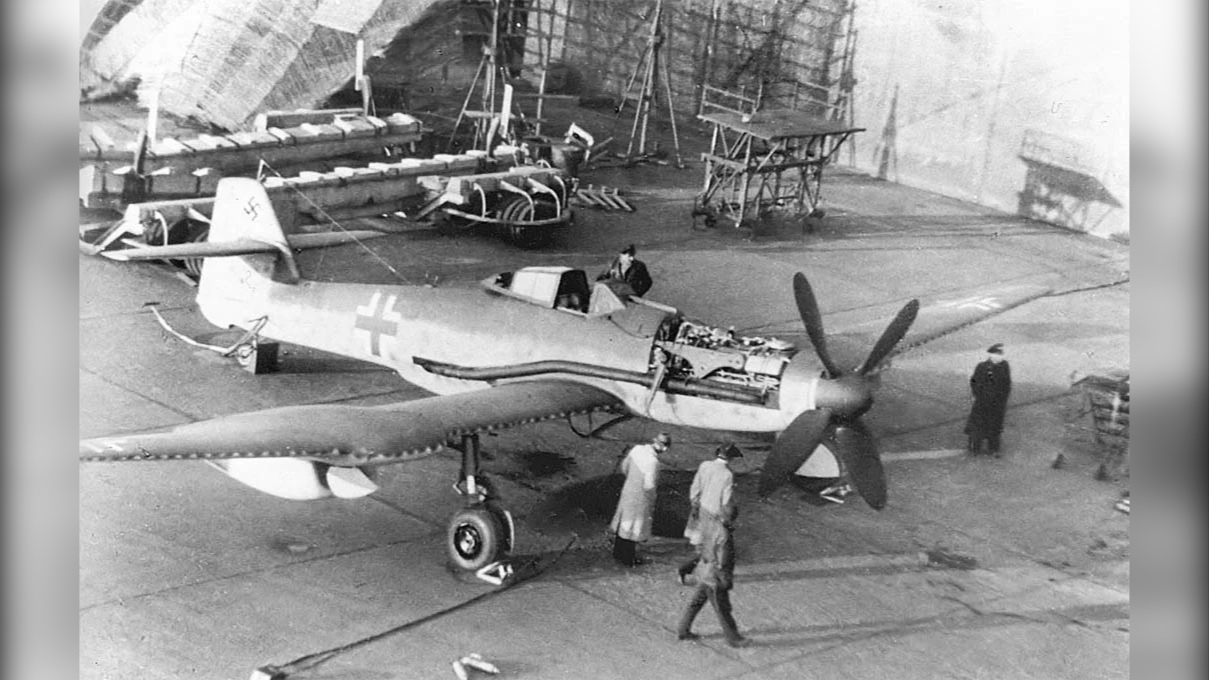
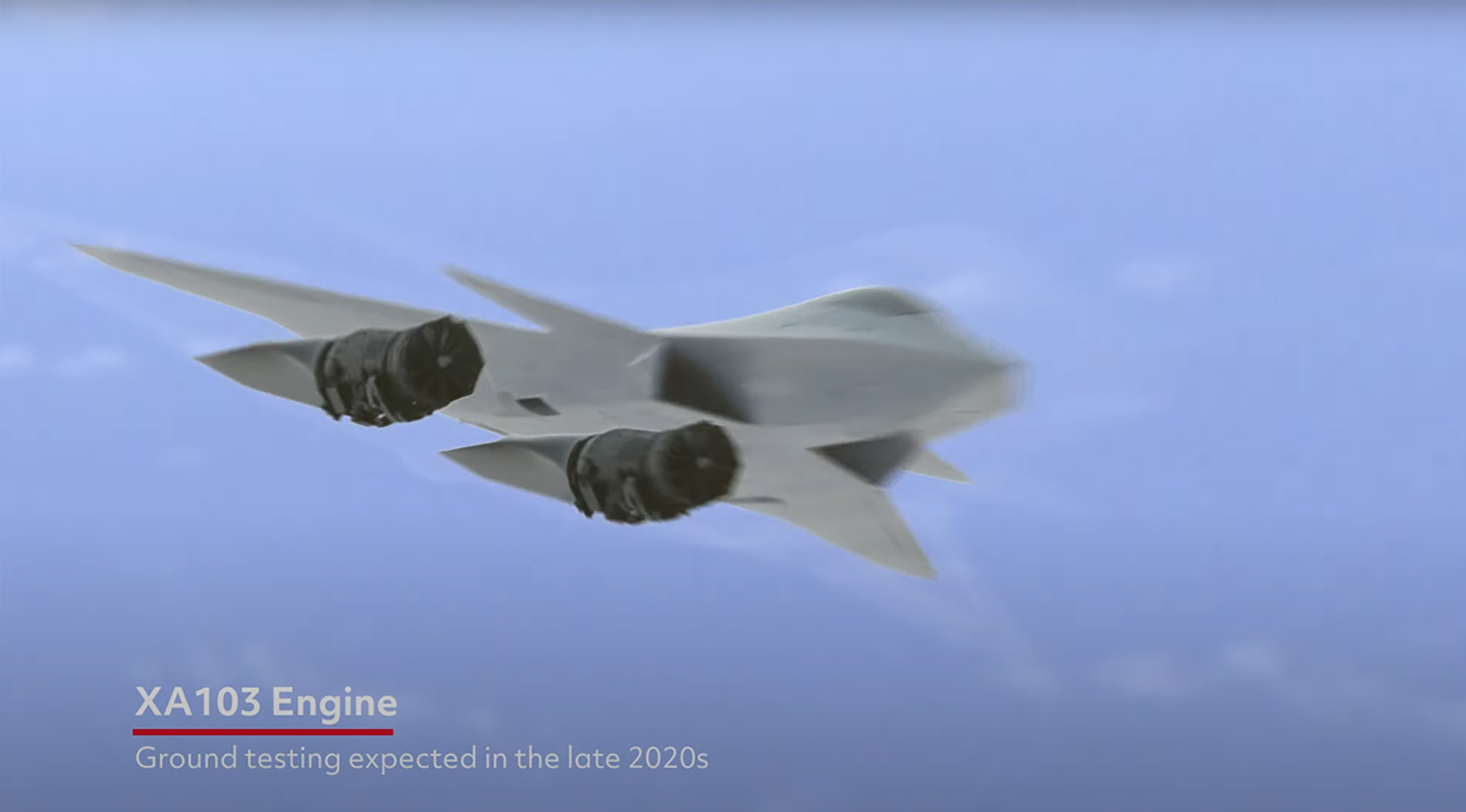





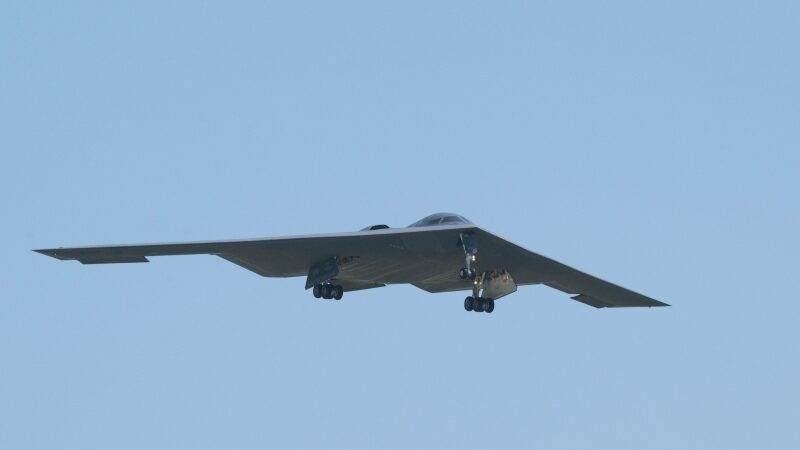
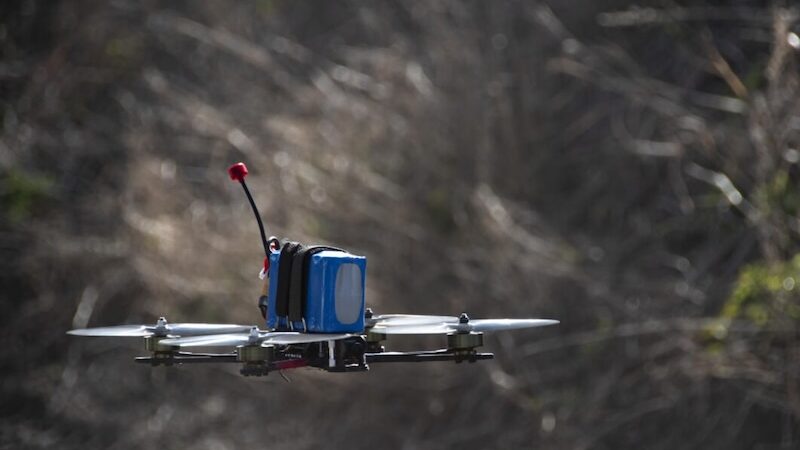
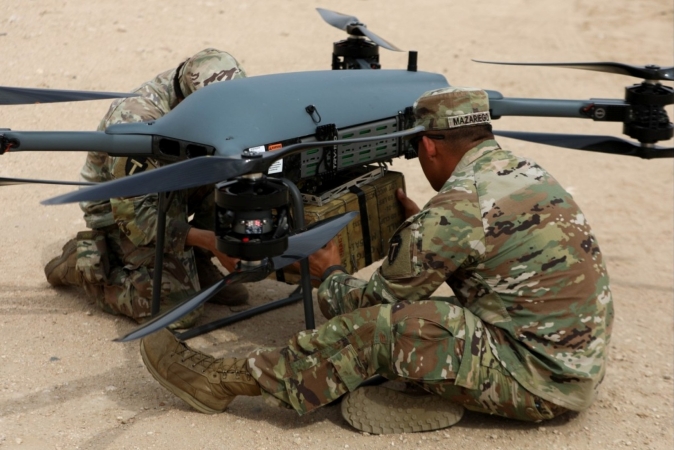












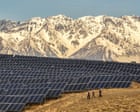








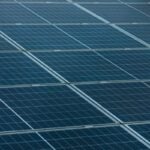

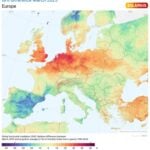

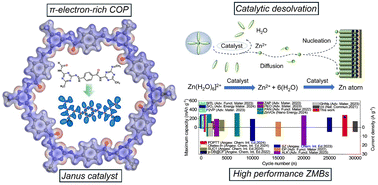



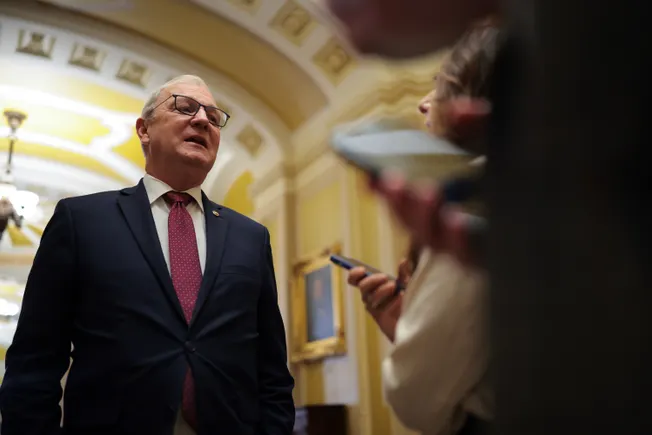
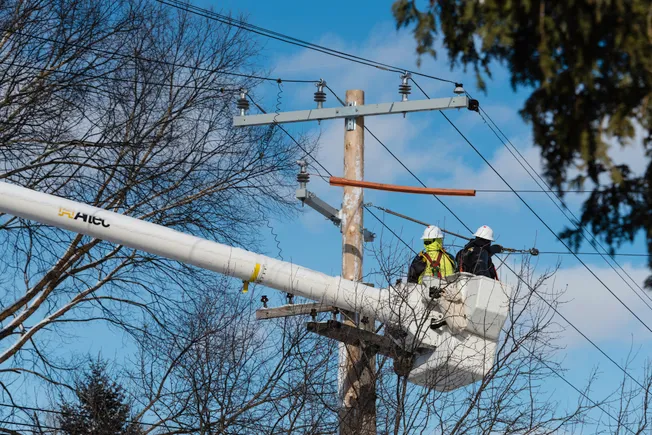

![The Weekly Break Out Ep. 22: How the US hit Iran, and spooky space moves [Video]](https://breakingdefense.com/wp-content/uploads/sites/3/2025/06/250622_b2_takeoff_USAF-scaled-e1750776866152.jpg?#)



